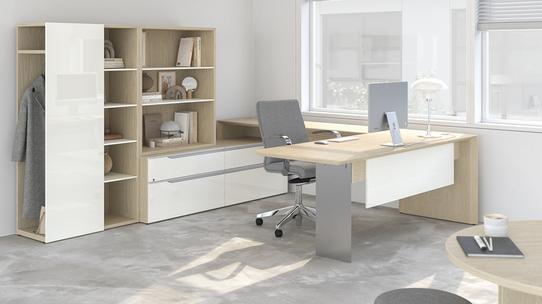Do you think upgrading your medical office is just about a new paint color or a few plants? Well, it’s time to think bigger! Today’s best healthcare environments combine the science of wellness with the art of design, using smart office interior design, innovative commercial interior design, and the right mix of ergonomic furniture and modular furniture. Let’s dive into seven easy, actionable ways to revamp your healthcare office, boost staff morale, and create a space where patients and professionals truly thrive.
1. Reimagine the Waiting Room with Modular Furniture
The waiting room is your first impression. Modern office interior design and commercial interior design now treat this space as a living room away from home. Swap out stiff, outdated seating for modular furniture like customizable sofas, movable chairs, and adaptable benches. These pieces can be rearranged for social distancing, family groupings, or solo seating, instantly making the space more flexible and inviting.
Choose ergonomic furniture with plush cushions and lumbar support so patients and families feel comfortable, even during longer waits. Modular furniture also makes cleaning and maintenance a breeze, which is crucial in any healthcare environment. Add calming colors, biophilic touches like potted plants, and art to further enhance the sense of well-being.
2. Upgrade Reception and Administrative Desks
Reception is the nerve center of your healthcare office. Today’s office interior design and commercial interior design favor modular reception desks with integrated power, privacy panels, and durable finishes. These desks can be customized to suit your workflow, whether you need extra storage, ADA-compliant counters, or built-in technology for check-ins.
Ergonomic furniture is a must here. Height-adjustable desks and supportive office chairs help staff stay comfortable and productive through long shifts. Modular furniture in the reception area can be quickly reconfigured for new staff, different shifts, or evolving administrative needs, making your office future-proof and efficient.
3. Invest in Ergonomic Exam Room Furniture
In examination rooms, the right ergonomic furniture is essential for both staff and patient well-being. Adjustable exam stools with casters allow clinicians to move easily and maintain proper posture, while height-adjustable work tables enable standing or seated consultations. This flexibility is key for reducing fatigue and preventing musculoskeletal injuries among healthcare professionals.
Modular furniture, such as movable supply carts and wall-mounted workstations, maximizes space and keeps essential tools within easy reach. This not only streamlines workflows but also supports the high standards of cleanliness and infection control required in healthcare settings.
4. Add Multipurpose Storage Solutions
Clutter is the enemy of efficiency and calm. Modern office interior design and commercial interior design rely on modular storage solutions: think stackable shelves, locking cabinets, and mobile carts. These pieces keep paperwork, medical supplies, and personal items organized and secure.
Multipurpose storage can be customized to fit any space, from compact exam rooms to sprawling administrative suites. Ergonomic furniture like adjustable shelving ensures that everything is accessible without bending or reaching, reducing physical strain for staff. Modular furniture also allows you to expand or rearrange storage as your needs change, supporting long-term growth.
5. Create Private Telehealth and Consultation Rooms
The rise of telehealth means your healthcare office needs dedicated, comfortable spaces for video consultations. Use modular furniture to create private telehealth rooms or adaptable pods within larger offices. Acoustic panels, ergonomic chairs, and height-adjustable desks ensure privacy and comfort for both staff and patients.
Incorporate commercial interior design elements like soft lighting, calming wall colors, and sound-absorbing materials to create a peaceful, professional environment. Modular furniture allows you to quickly convert these rooms for in-person meetings or administrative work, maximizing every square foot of your office.
6. Enhance Outdoor and Break Spaces
Don’t overlook the power of outdoor areas and staff lounges. Modern office interior design and commercial interior design increasingly include weather-resistant modular furniture for patios, balconies, or rooftop gardens. Durable chairs, tables, and benches provide a refreshing escape for staff and patients alike.
Ergonomic furniture in break rooms supports relaxation and recovery during busy shifts. Modular lounge seating, movable tables, and personal storage lockers help create a welcoming, flexible space for meals, socializing, or quiet time. These upgrades show your team you value their well-being, boosting morale and retention.
7. Prioritize Wellness with Ergonomic and Modular Furniture Throughout
Finally, make wellness the foundation of your healthcare office by integrating ergonomic and modular furniture everywhere. In every zone-from waiting rooms to offices, exam rooms to lounges-choose height-adjustable desks, supportive chairs, and furniture systems that can be reconfigured as needs evolve.
This holistic approach to office interior design and commercial interior design reduces fatigue, prevents injury, and empowers staff to work efficiently. Modular furniture ensures your space can adapt to new technologies, changing regulations, and the ever-evolving needs of your healthcare team and patients.
Key Takeaways
- Modular furniture in office interior design and commercial interior design transforms waiting rooms, reception areas, and exam rooms for greater comfort and flexibility.
- Ergonomic furniture supports staff health, prevents injury, and boosts productivity in every part of the healthcare office.
- Multipurpose storage and modular systems keep spaces organized, efficient, and ready for growth.
- Telehealth rooms, outdoor areas, and break spaces benefit from adaptable, wellness-focused design.
- Investing in ergonomic and modular furniture is the easiest way to future-proof your healthcare office and create a space where patients and staff feel truly cared for.
Final Thoughts
Upgrading your healthcare office interior design doesn’t have to be overwhelming. By focusing on modular furniture, ergonomic solutions, and a wellness-first approach to commercial interior design, you can create a space that supports your team, delights your patients, and adapts to whatever the future brings. The right design choices don’t just change how your office looks-they transform how it feels, functions, and heals.
Frequently Asked Questions (FAQ):
How does modular furniture improve healthcare office interior design?
Modular furniture allows you to quickly reconfigure spaces for different needs, making your office more adaptable, efficient, and patient-friendly.
Why is ergonomic furniture important in healthcare environments?
Ergonomic furniture reduces fatigue, prevents injuries, and supports staff well-being, which translates to better patient care and higher job satisfaction.
What’s the role of commercial interior design in healthcare offices?
Commercial interior design brings together aesthetics, functionality, and compliance, ensuring your office is welcoming, efficient, and ready for the future.

